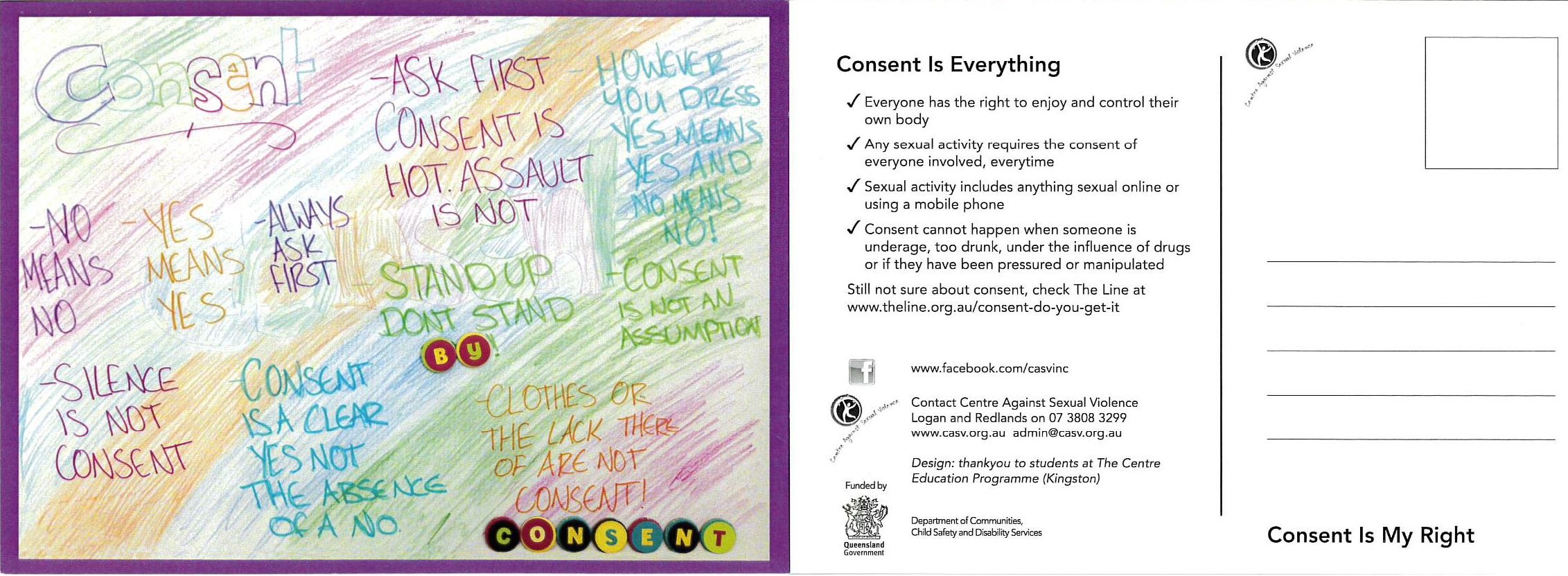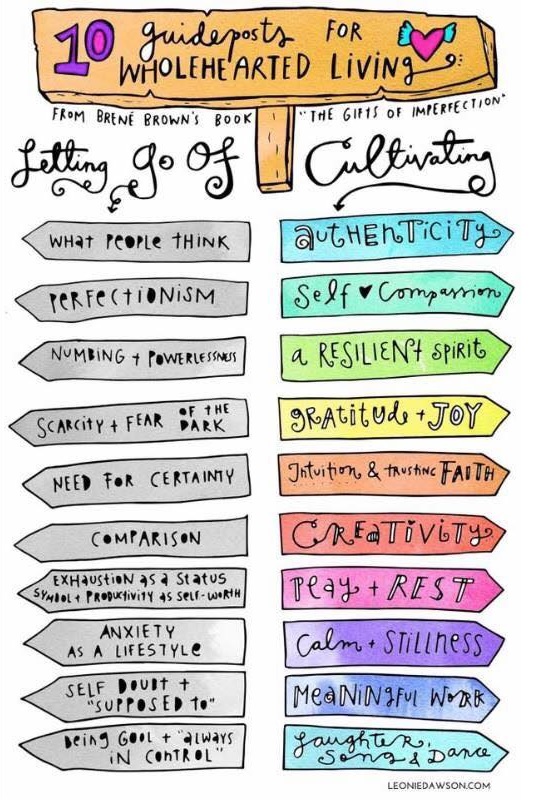A person consents to sexual activity if they do it actively, freely, voluntarily and consciously without being pressured into it. Consent is always clearly communicated. There are laws around when people can consent to sexual activity and when they can’t consent. Consent is;
- Mutual
- Freely given
- Informed
- Clearly communicated
- Enthusiastic
- Reversible
- Specific
What you need to know about consent
Copyright © Centre Against Sexual Violence 2017
Consent Tea – Queensland Sexual Assault Network
Copyright ©2015 Emmeline May and Blue Seat Studios
Consent Postcard



